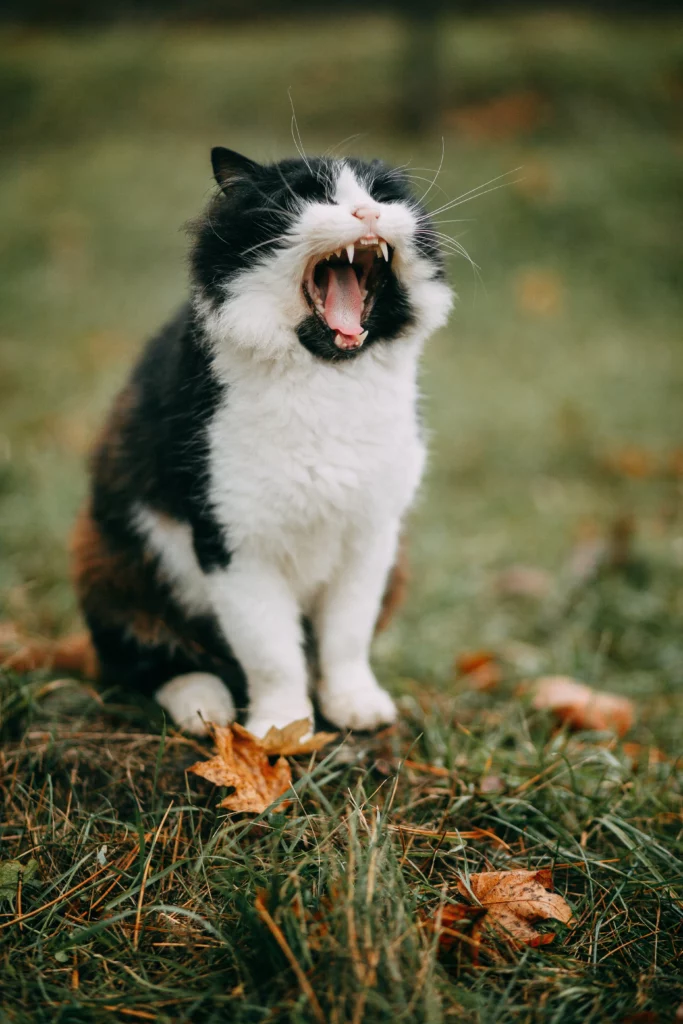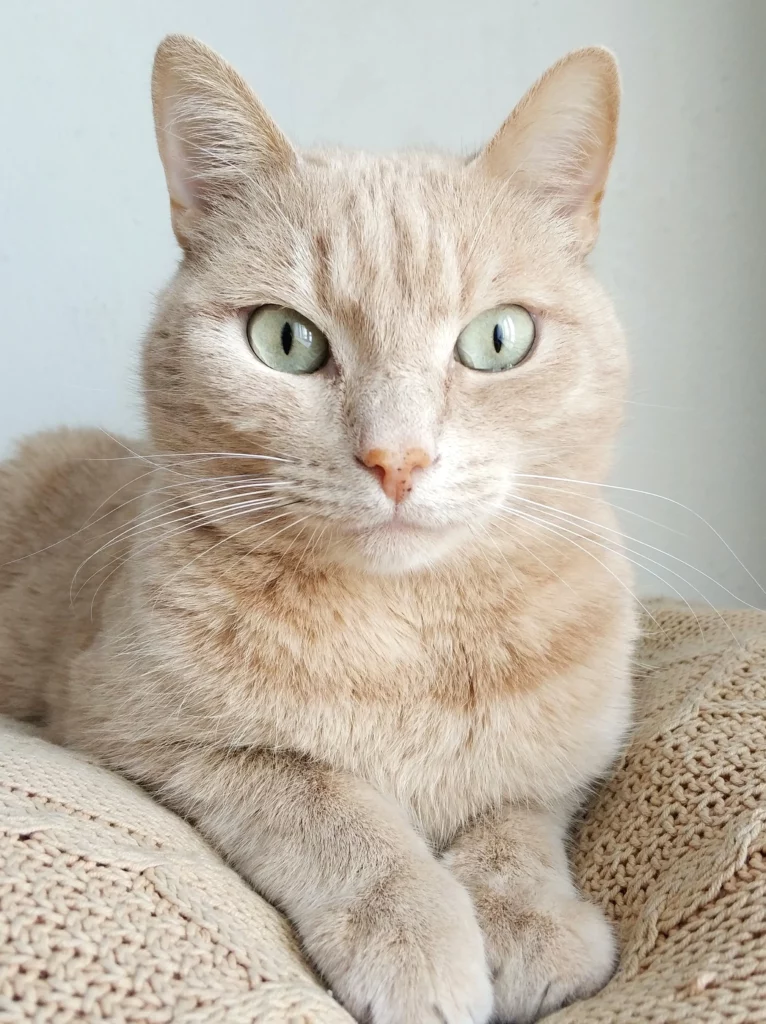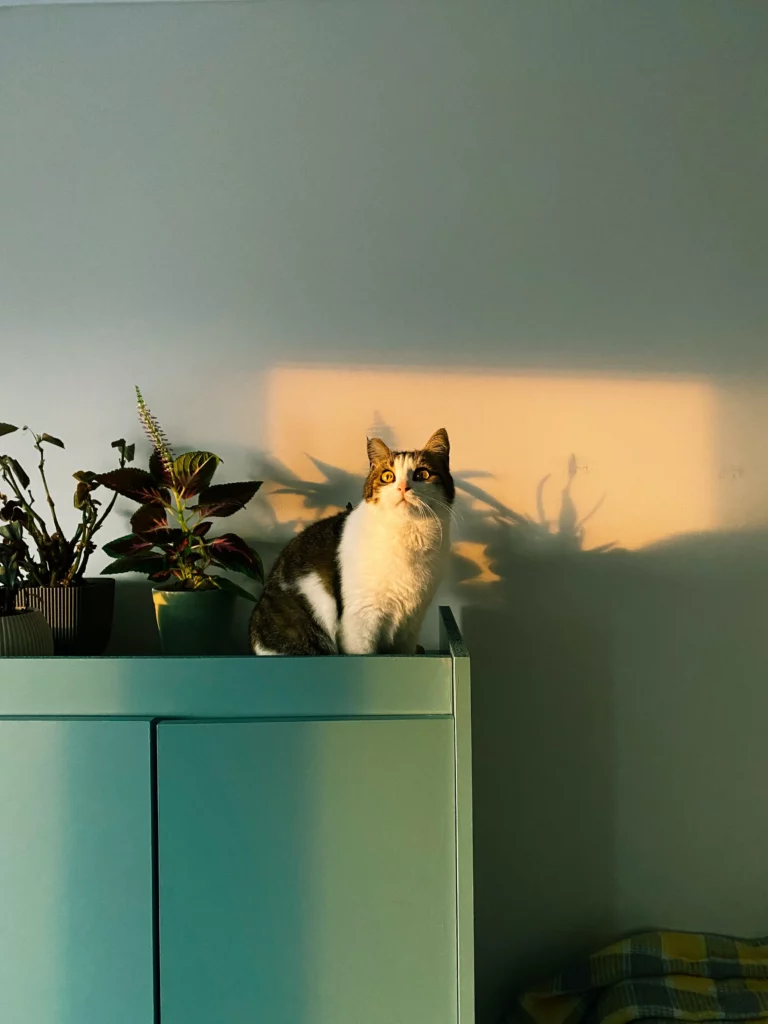
Cats are mysterious and fascinating creatures that communicate with their body language. As pet owners, it is crucial for us to understand and interpret the various signals that our feline friends convey. By understanding cat body language, we can better comprehend their needs, emotions, and overall well-being. In this article, we will explore the significance of understanding cat body language in the UK and how to interpret different signals to ensure a harmonious relationship with our furry companions.
The Importance of Understanding Cat Body Language
Cats are known for their independent and solitary nature, but they also possess a complex system of communication through their body language. It is essential for cat owners in the UK to decipher these signals, as it helps in building trust, preventing conflicts, and providing appropriate care.
When we understand cat body language, we can identify signs of distress, fear, or aggression, allowing us to intervene and provide comfort or remove potential stressors from their environment. Additionally, recognizing signs of relaxation and contentment enables us to create a safe and happy environment for our cats.
Basic Cat Body Language Signals

Vocalizations
Cats use various vocalizations to communicate their needs and emotions. Meowing, purring, hissing, and growling are some of the common vocal cues they employ. Meowing can indicate a range of desires, such as hunger, attention-seeking, or discomfort. Purring is often associated with contentment and relaxation, while hissing and growling signal fear or aggression.
Tail Position
The position of a cat’s tail provides valuable insights into their mood. A relaxed and gently swaying tail typically indicates a content and comfortable state. A raised tail with a slight curve indicates friendliness, while a straight-up tail signifies excitement. On the other hand, a puffed-up tail can indicate fear or aggression.
Ear Position
Cat ears are highly expressive and can reveal a lot about their emotional state. Forward-facing ears demonstrate attentiveness and interest. Ears held flat against the head may indicate fear or aggression. Half-flattened ears can signal uncertainty or anxiety.
Purring
Purring is a unique vocalization that cats produce when they are content and relaxed. It often signifies a sense of comfort and security. However, it’s essential to consider other body language cues alongside purring to understand the complete emotional state of a cat.
Eye Movements
Cats communicate through their eyes as well. Dilated pupils may indicate excitement, fear, or stress, while constricted pupils can signal aggression. Slow blinking is often considered a friendly gesture, conveying trust and relaxation.
Body Posture
A cat’s body posture can provide significant clues about their mood. Relaxed body posture, with a slightly curved back, suggests a calm and content cat. An arched back, accompanied by br
Advanced Cat Body Language Signals
Puffed-up Tail
A puffed-up tail is a clear indication of a cat feeling threatened or frightened. When a cat’s tail appears larger than usual, it means they are trying to make themselves appear more intimidating to potential threats. This defensive posture is often accompanied by an arched back and fur standing on end. It’s important to give the cat space and avoid any sudden movements that might escalate their fear.
Arched Back
When a cat arches its back, it can convey multiple meanings depending on the situation. In some cases, it may be a sign of aggression or readiness to attack. However, an arched back can also indicate excitement or playfulness. Pay attention to other body language cues and the context to determine the cat’s true intentions.
Flattened Ears
Flattened ears are a strong indication of fear, anxiety, or aggression in cats. When a cat feels threatened or stressed, they flatten their ears against their head to protect them. It’s crucial to approach a cat with flattened ears cautiously and avoid any sudden movements that might escalate their anxiety.
Dilated Pupils
Dilated pupils in cats can signify a heightened state of arousal or excitement. However, dilated pupils can also indicate fear, stress, or aggression. It’s essential to consider other body language signals and the overall context to accurately interpret the cat’s emotional state. For example, if the cat’s body is tense and accompanied by hissing or growling, dilated pupils may indicate aggression.
Hissing and Growling
Hissing and growling are vocalizations that cats use to express aggression, fear, or a desire to defend themselves. These sounds are warning signs that a cat is feeling threatened and may resort to defensive behaviors if the perceived threat persists. It’s important to give the cat space and avoid any actions that may escalate their aggression.
Decoding Cat Facial Expressions
Contentment
A cat that is content and relaxed often exhibits specific facial expressions. Relaxed eyes with partially closed eyelids and a slightly open mouth are signs of a happy and comfortable cat. They may also blink slowly, which is considered a friendly gesture. When a cat’s facial muscles appear relaxed, it indicates a state of contentment.
Fear and Anxiety
Fear and anxiety in cats can be observed through their facial expressions. Wide-open eyes with dilated pupils, flattened ears, and a tense facial expression indicate a cat’s heightened state of fear or anxiety. They may also show signs of unease by licking their lips or panting excessively. If a cat displays these facial expressions, it’s important to provide a calm and secure environment to help alleviate their stress.
Aggression
Aggression can be detected through specific facial cues in cats. A cat displaying aggression will have focused, wide-open eyes with fully dilated pupils. Their ears will be flattened against the head, and the facial muscles will appear tense and rigid. They may also bare their teeth or hiss as a warning. If faced with an aggressive cat, it’s essential to avoid provocation and seek professional guidance to address the underlying cause of their aggression.
Playfulness
Cats often exhibit playful facial expressions when they are in a relaxed and happy state. Wide-open eyes with dilated pupils, a relaxed mouth, and a slightly tilted head are common signs of a cat’s playful mood. They may also chirp or make other high-pitched vocalizations to indicate their readiness for play. Engaging in interactive play sessions with your cat can strengthen the bond between you and provide mental and physical stimulation.
Tips for Understanding Cat Body Language

Understanding Cat Body Language UK
- Observe your cat’s overall body posture, tail position, and ear movements to gain insight into their emotional state.
- Pay attention to vocalizations such as meowing, purring, hissing, or growling, as they can reveal important information about your cat’s needs and emotions.
- Take note of your cat’s tail position. A relaxed and gently swaying tail typically indicates contentment, while a puffed-up tail may signal fear or aggression.
- Observe the position of your cat’s ears. Forward-facing ears indicate attentiveness and interest, while flattened ears can indicate fear or aggression.
- Notice the size of your cat’s pupils. Dilated pupils can indicate excitement or fear, while constricted pupils may suggest aggression or discomfort.
- Pay attention to facial expressions, such as relaxed eyes and a slightly open mouth indicating contentment, or wide-open eyes and tense facial muscles indicating fear or aggression.
- Consider the context and other body language cues when interpreting your cat’s behavior. For example, a cat with an arched back and raised fur may be displaying aggression, while the same body posture during playtime may indicate excitement.
- Spend quality time bonding with your cat and learning their individual body language cues. This will help you establish a stronger connection and better understand their unique behaviors.
- Avoid forcing interactions or overwhelming your cat when they show signs of fear or aggression. Give them space and allow them to approach you on their terms.
- Seek professional guidance from a veterinarian or animal behaviorist if you are unsure about your cat’s behavior or need assistance in interpreting their body language accurately.
By following these tips, you can develop a better understanding of your cat’s body language, strengthen your bond with them, and ensure their well-being and happiness.
Conclusion
Understanding cat body language uk is crucial for any cat owner in the UK. By observing and interpreting their various signals, we can decipher their needs, emotions, and intentions. From vocalizations to tail positions, ear movements, and facial expressions, each aspect of their body language provides valuable insights. By paying attention to these cues and taking the time to bond with our feline companions, we can create a harmonious and fulfilling relationship.Understanding Cat Body Language UK Remember to respect your cat’s boundaries, provide a safe and comfortable environment, and seek professional help if needed. With patience and understanding, you can communicate effectively with your cat and nurture a strong and loving connection.
FAQs
1. How can I tell if my cat is in pain or discomfort? Look for signs such as excessive grooming, changes in appetite, hiding or avoiding interaction, decreased activity levels, vocalizations of distress, or changes in litter box habits. If you suspect your cat is in pain, it’s important to consult with a veterinarian for a proper diagnosis and treatment.
2. Can cats’ body language vary between individuals? Yes, just like humans, cats have their unique personalities and may exhibit slightly different body language cues. It’s important to spend time observing and understanding your individual cat’s specific signals to effectively communicate with them.
3. What should I do if my cat displays aggressive body language? If your cat displays signs of aggression, it’s crucial to avoid provoking or escalating the situation. Give your cat space, remove any potential stressors, and consult with a professional, such as an animal behaviorist, who can assess the underlying causes of aggression and provide guidance on managing and modifying the behavior.
4. Can cats use body language to communicate with other animals? Yes, cats use body language not only to communicate with humans but also to interact with other animals. They may use specific signals to establish dominance, express fear or submission, or engage in play. Understanding your cat
Do Cats Control Their Tails? Unraveling the Feline Mystery
Are Savannah Cats Dangerous? Unraveling the Truth about these Fascinating Felines

